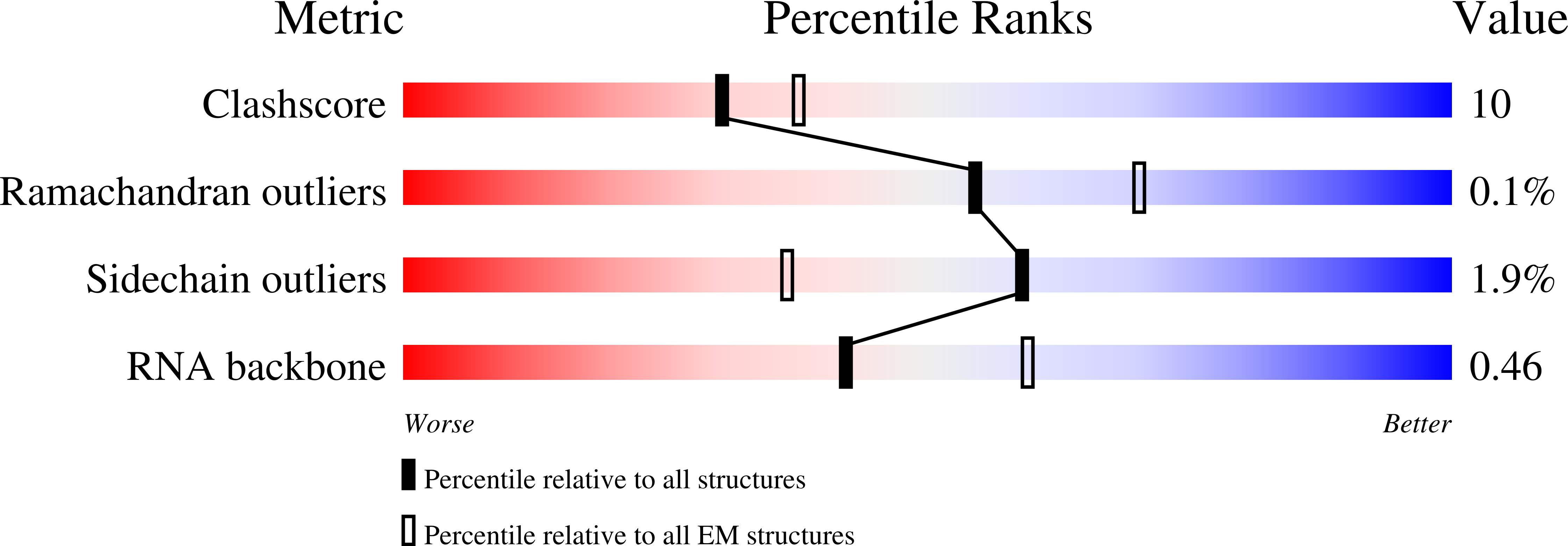
Deposition Date
2023-08-16
Release Date
2024-01-24
Last Version Date
2024-10-23
Entry Detail
PDB ID:
8Q7N
Keywords:
Title:
cryo-EM structure of the human spliceosomal B complex protomer (tri-snRNP core region)
Biological Source:
Source Organism:
Homo sapiens (Taxon ID: 9606)
Method Details:
Experimental Method:
Resolution:
3.10 Å
Aggregation State:
PARTICLE
Reconstruction Method:
SINGLE PARTICLE


